by Mark Jansson
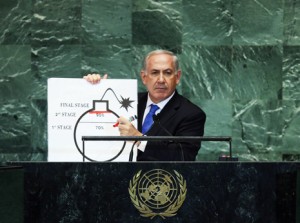 Although President Obama has another four years, he will surely continue to hear from Israeli Prime Minister Benjamin (Bibi) Netanyahu and a chorus of critics at home, that he has far less time to convince Iran to cooperate with the International Atomic Energy Association (IAEA). But the administration should not let the urgency of the matter drive it to a neurotic fixation on breakout timelines, which is likely to have a dumbing-down effect on policy and push a diplomatic solution farther into the future rather than hasten it.
Although President Obama has another four years, he will surely continue to hear from Israeli Prime Minister Benjamin (Bibi) Netanyahu and a chorus of critics at home, that he has far less time to convince Iran to cooperate with the International Atomic Energy Association (IAEA). But the administration should not let the urgency of the matter drive it to a neurotic fixation on breakout timelines, which is likely to have a dumbing-down effect on policy and push a diplomatic solution farther into the future rather than hasten it.
Throughout the President’s first term, the issue of time dominated the narrative about Iran and continues to do so. Obama himself has said that the “window is closing” for Iran to address contentious issues properly, but that there’s “still time” to do so. The focus on time has gradually become an obsession – one that crescendos intoxicatingly in the post-IAEA report number-crunching frenzies that determine the time intervals comprising the worst-case scenario of Iranian nuclear breakout. More recently, some have extrapolated (erroneously) a “cripple date” for how soon the United States must take drastic steps to force capitulation by ruining Iran’s economy.
Yet, as the nuclear drama has played out during Obama’s first term — punctuated by inflammatory speeches, abortive diplomatic initiatives, spellbinding unveilings of “Bibian” art and long intermissions for US sanctions and Iranian centrifuges to do what they do — it has left in its wake a sort of desultory urgency. Clearly, the issue is serious, but the recent history of failed negotiations is less-than-heartening and there is no obvious or specific reason to believe that talks will go better in the future.
An important step for the Obama administration before it starts grasping for diplomatic straws is to refresh the framing of the issue and think longer term. One takeaway from Obama’s first term is that the framing of engagement with Iran as a race against the clock has outlived its usefulness. The same time-delimited urgency of the Iranian nuclear issue that has led to severe economic sanctions and brought Iran to the negotiating table has, arguably, had the unintended side effect of preventing negotiations from going anywhere once they begin.
While a sense of urgency can help focus the mind, too much will lead to mistakes by forcing the adoption of approaches that are fast and simple but less accurate. At present, the consuming fear that time is running out to solve the Iranian nuclear problem seems to have become a barrier that confines the search for a solution to shallow waters, wherein the prevailing theory is reducible to one radically simple notion: just add pressure.
Pressure tactics might have been good enough to get Iran to agree to talks, but prolonging this approach in the way that we have is a recipe for escalation. Overall, US engagement with Iran has been erratic during Obama’s first term — negotiations one week, sanctions and cyber attacks the next. From what is known about the talks that have transpired, it’s apparent that neither side has shown much courage in tabling offers that stood a chance of gaining traction. If anything, the US position hardened over time rather than the other way around, perhaps because it bought into the notion that the duress Iran was experiencing from choking sanctions would eventually force it to accept anything.
But the only recent accomplishment of the ‘add pressure and wait’ approach has been to fuel a dangerous pattern of self-fulfilling prophecy whereby perceptions of Iranian intransigence become more extreme with every moment that passes between added punishment and its capitulation. The perception of Iranian defiance has now reached near-mythical status and driven supposedly mainstream policy discussion into the realm of outright belligerence. Even moderates have argued unblushingly that only “existential angst” brought on by the specter of total economic collapse (or perhaps that ever-elusive “truly credible” threat to attack) will get Iran to give in on the nuclear issue.
But it should be clear by now that the United States and Iran are far better off taking steps to moderate their behavior rather than make it more extreme. A conflict with Iran could be exceedingly dangerous for the US, Israel, and the global economy. Isolating Iran, encircling it, sabotaging its nuclear facilities and pushing its economy to the brink of collapse has become not just inhumane but strategically counterproductive as well. It has left Iran’s leaders with less to lose for retaliating aggressively if attacked, making military action riskier for the US and any threat to carry it out less believable for Iran. It’s time to give up on the machismo.
Another reason to jettison the notion that the window of opportunity for a diplomatic solution to the Iranian issue is rapidly closing is because, frankly, it is not. Even if Iran decides to “come clean” on everything, fully cooperate with the IAEA and implement the Additional Protocol, it will retain the technical talent to produce nuclear weapons, if it so chooses, for some time to come. There is no silver bullet solution — be it a collapsed Iranian economy, a successful military strike or a brilliantly orchestrated deal– that can undo that. So, letting breakout timelines drive policy — as if Iran does not really have nuclear weapon potential until it has the potential to make them quickly — actually belies the larger reality that Iran is, and will be, capable of making nuclear weapons, regardless of whether or not it ever crosses Bibi’s red line.
Getting over the preoccupation with timelines and red lines would give the US and the six power P5+1 the space to enter future negotiations with multiple options, not just one proposition, and be flexible about mixing and matching their various elements as appropriate. It is obvious that any deal must include prompt sanctions relief for Iran, but figuring out what sanctions to lift and what can be received in exchange will probably take time. As former Israeli intelligence chief Efraim Halevy recently put it, “you have to understand what it is that makes Iran tick.” Coming up with multiple options is a good way to discover what the other side really values and for zeroing in on a mutually acceptable agreement.
At the end of the day, any diplomatic progress that may be made over the next several years will only be the beginning of a very long process of convincing Iran to turn its back on nuclear weapons and, just as importantly, to not relapse. For now, it will be hard enough to figure out what will work without having to do it under stultifying pressure created by a loudly ticking clock and timelines that unnecessarily drive policy towards extremes and the desperately oversimplified solutions found there.
– Mark Jansson is the Special Projects Director for the Federation of American Scientists, the country’s longest-serving organization committed to reducing the dangers posed by nuclear weapons.

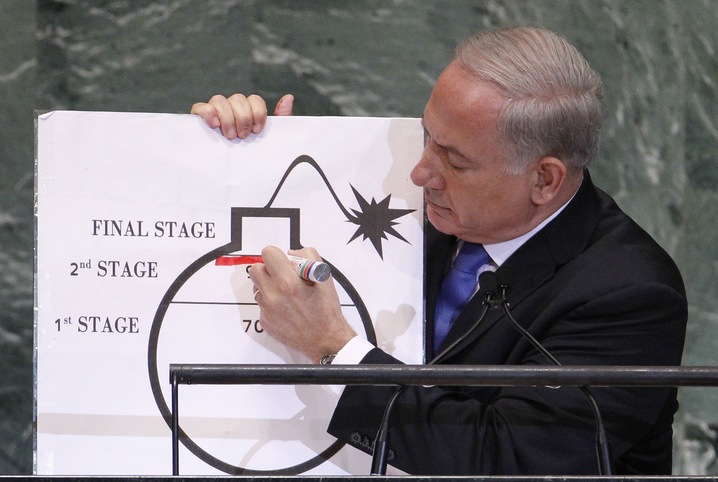
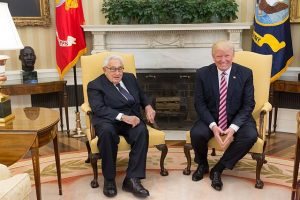
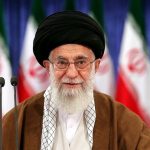
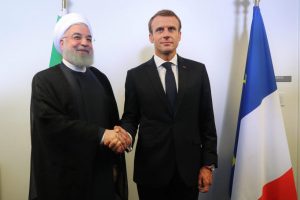
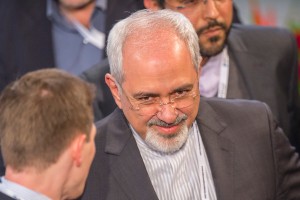
The amount of time it takes to prove a negative is infinite.
The amount of time it takes to build trust by destroying the adversary’s economy is also infinite.
Apparently, to get the Federation of American Scientists to understand Iran has everything to lose and nothing to gain by developing nukes, and that she already has a highly effective non-nuclear deterrent will also take an eternity.
I just hope it will take a finite amount of time before P5+1 understands Iran will/can not forgo her rights.
I am surprised that this is written by somoene who seems to be a scientist. Apparently, a problem exists out there that has to be addressed. But a scientist has to examine the facts and evidence at the outset to see if there is a real issue that needs to be confronted.
In my opinion, there is no such crisis called Iranian atomic bomb program. Israel has succesfully intimidated gutless Western leaders to convince them that there is a crisis. What intelligence agencies say to the contrary – including Israel’s own – does not matter. Contradictions in what Israel and its legion of yes-sayers do not matter. What Israel says is considered a fact.
If a scientist can not distinguish between fact and fiction, we are in trouble.
I can see a history book written in distant future with lots of LOL’s in which a story is told of a tiny country in the shores of Meditterenean that bluffed and succeeded to hoodwink entire nations to initiate a catasrophic war because they lacked real leaders.
“…a very long process of convincing Iran to turn its back on nuclear weapons….” Well it looks like the ghost of the “Iraq weapons of mass destruction” has come back to haunt the world again-this time it is not only using politicians and the media to convince us but scientists as well.